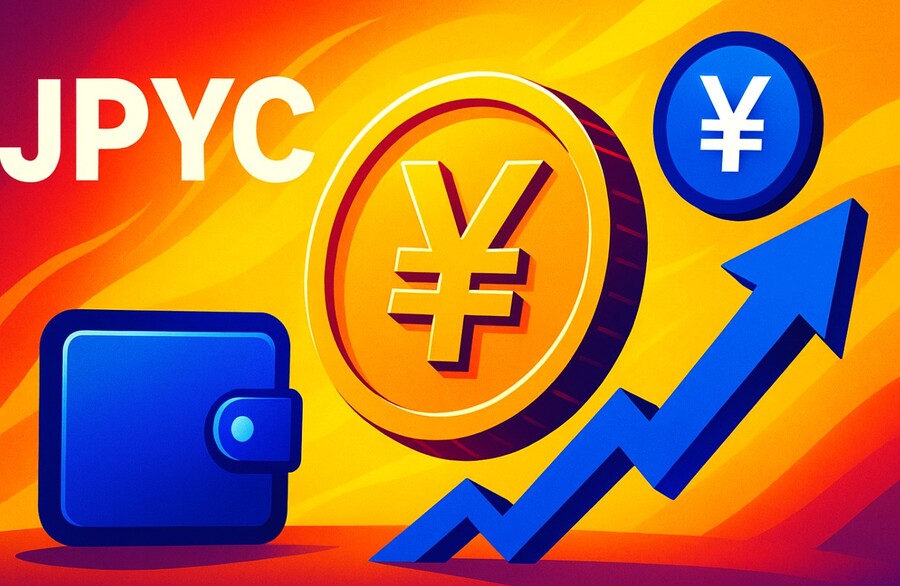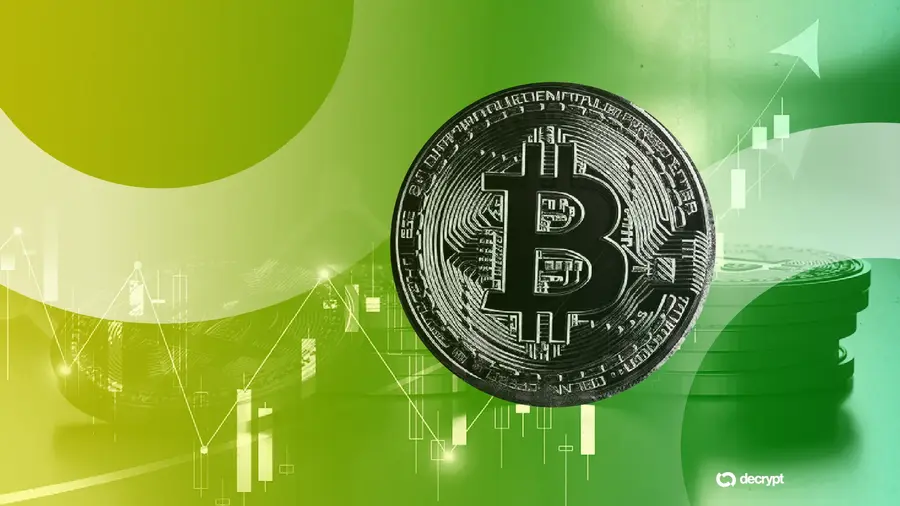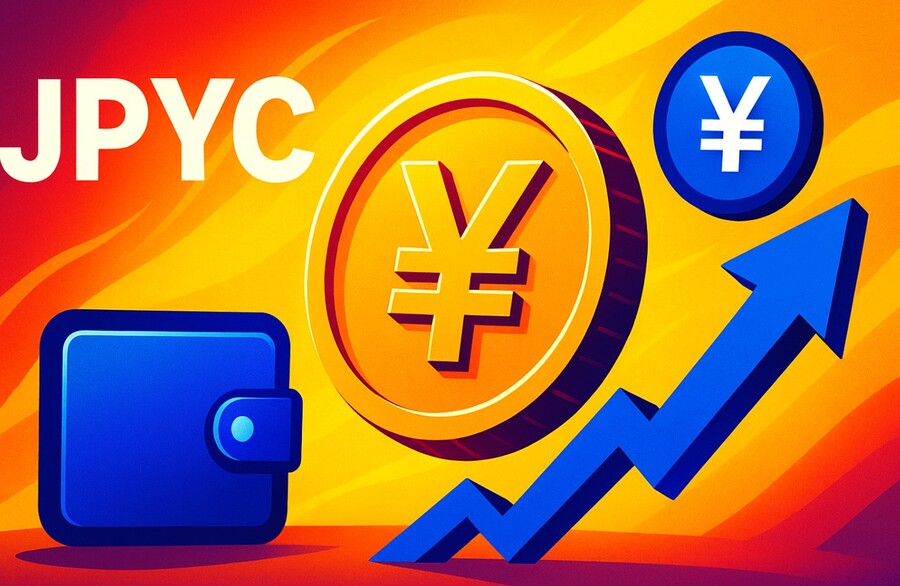What JPYC Is and How It Works
JPYC is issued by Tokyo-based startup JPYC Inc., which operates under Japan’s revised Payment Services Act as a registered fund-transfer service provider.
Each JPYC token is pegged 1:1 to the Japanese yen (JPY), meaning one JPYC always equals one yen. The tokens are fully backed by yen-denominated bank deposits and Japanese government bonds (JGBs), ensuring transparency and stability.
To encourage early adoption, JPYC announced it would waive transaction fees during its initial rollout. Instead of relying on transaction income, the company plans to generate profit from interest earned on the underlying JGBs and deposits.
From launch, JPYC will operate on several major blockchain networks, including Ethereum, Polygon, and Avalanche, to enhance accessibility and interoperability across platforms.
Ambitions and Targets
JPYC Inc. aims to issue approximately ¥10 trillion (around US$66 billion) worth of JPYC coins within the next three years. The company envisions its stablecoin serving not just domestic consumers and businesses, but also international users involved in cross-border trade and decentralized finance (DeFi).
This move is part of Japan’s broader effort to become a global hub for regulated digital finance.
Why It Matters for Japan
Japan has long been a cash-based society, even as other countries embraced digital payments. The launch of JPYC signifies a strategic effort to modernize payment infrastructure and strengthen Japan’s position in the digital economy.
Unlike many Asian currencies, the Japanese yen is freely convertible, making a yen-backed stablecoin highly valuable for international trade and digital transactions. Backing the stablecoin with government bonds also ensures transparency and trust — key components for investor confidence.
Furthermore, by offering a regulated, yen-based stablecoin, Japan provides an alternative to the dominance of U.S. dollar-pegged stablecoins such as USDT and USDC, potentially encouraging diversification in global crypto markets.
Wider Industry Context
Globally, over 99% of stablecoins are pegged to the U.S. dollar. The launch of JPYC challenges this status quo and introduces Asia’s first truly global non-dollar stablecoin.
Japan’s three megabanks — Mitsubishi UFJ Financial Group (MUFG), Sumitomo Mitsui Banking Corporation (SMBC), and Mizuho Financial Group — have also announced plans to issue their own yen-denominated stablecoins or collaborate on blockchain-based payment solutions.
This coordinated move signals growing confidence in digital-asset innovation among Japan’s largest financial institutions.
Challenges and Adoption Timeline
While the launch of JPYC is a milestone, analysts note that mainstream adoption will take time. Japan’s population remains heavily reliant on cash, and businesses must adapt their systems to accept digital tokens.
Other challenges include ensuring regulatory compliance, maintaining transparent audits of reserves, and creating enough on-chain liquidity for trading pairs like JPYC/USDC.
Experts estimate it may take two to three years before stablecoins like JPYC see broad use across retail, banking, and institutional channels.
However, if adoption succeeds, the benefits could be transformative — reducing transaction costs, improving settlement speed, and boosting Japan’s competitiveness in global finance.
Implications for Southeast Asia
The introduction of JPYC could also influence digital-currency policies across Southeast Asia, including Indonesia.
For regional businesses involved in trade with Japan, yen-pegged stablecoins may eventually offer a faster, cheaper alternative for cross-border payments.
Regulators in other countries are watching Japan’s example closely — particularly its emphasis on transparency, full reserve backing, and legal clarity — as a potential template for stablecoin regulation in Asia.
The Road Ahead
JPYC Inc. will begin issuance and redemption through its digital platform JPYC EX, with plans to expand access to Web3 firms, e-commerce companies, and international users.
The company is expected to publish regular reserve audits and integrate with Japan’s upcoming digital yen infrastructure once the Bank of Japan finalizes its framework.
If Japan’s major banks proceed with their stablecoin projects and interoperability between platforms becomes reality, the country could emerge as a regional leader in regulated digital payments.
Conclusion
The debut of JPYC marks a major step in Japan’s journey toward a blockchain-powered financial future.
By combining regulatory oversight, conservative asset backing, and global accessibility, Japan has introduced a stablecoin model that could redefine how digital currencies interact with traditional finance.
While challenges remain, JPYC represents a bold move toward a world where digital yen transactions are as trusted and seamless as cash — positioning Japan as a key innovator in the next era of digital money.















































